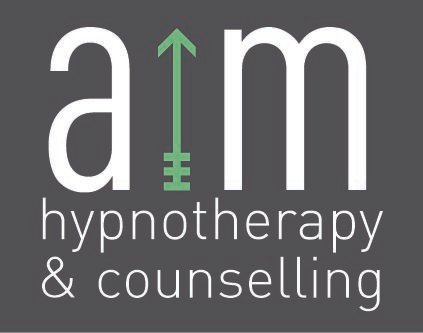Aim to Treat Phobias & Fears
Do phobias limit your life? Do you avoid flights, or heights, or sights out of fear?
Phobias are an intense fear of things, situations, objects, or activities, that are actually relatively harmless (Spiegel, 2013). People suffering from phobias often spend an excessive amount of time and energy avoiding the source of their fears, but this avoidance can greatly reduce a sufferer’s daily experiences and quality of life (Spiegel, 2013).
According to US data approximately 4% to 5% of the population have experienced at least one phobia, with an estimated 6.3 million adult Americans reporting negative life experiences due to their specific phobias (McGuinness, 2011).
Understanding why you develop phobias
Phobias usually occur when people unconsciously associate an object or experience with ‘danger’. Research has found that these unconscious ‘danger associations’ often start in childhood, when a child experiences something stressful or overwhelming (e.g. flying, big dog) but is unable to leave the situation or calm their anxiety (Burrows, Stanley, & Bloom, 2001).
Anxiety is our body’s way of alerting us to danger, but our bodies aren’t always correct when deciding what is dangerous and what is safe. Phobias develop when our brains incorrectly associate everyday objects or experiences with danger (Burrows et al., 2001). In order to overcome these phobias, we need to begin rewiring these incorrect ‘danger associations’ in the brain (Spiegel, 2013).
Our Phobia Treatment Approach
At Aim Hypnotherapy & Counselling our approach to overcoming phobias is based on scientific research and practical expertise.
Studies support the use of talk therapy, systematic desensatisation and clinical hypnotherapy as effective ways treat phobias and fear associations (Burrows et al., 2001). Our treatment of phobias addresses inaccurate ‘danger associations’, unhelpful thought patterns, and teaches clients to gradually increase their tolerance through safe and comfortable hypnotic exposure. The sensation of hypnosis can be a transformational experience as it allows people to experience their body and mind in new and life changing ways.
At Aim Hypnotherapy & Counselling we support clients by taking the time to understand the underlying causes of anxiety and stress throughout their lives. Our first step creates safety and understanding through compassionate one-on-one counselling. Here we explore your experience of past events in order to better understand what has contributed to your anxious thoughts, feelings and harmful behaviours. By taking the time to understand your unique experiences we are then able to provide treatment that is personalized and effective.
The second step in our approach involves providing safe and empowering hypnosis sessions. Similar to the experience of daydreaming, our clients often describe hypnosis as a 'highly relaxed and focused state of calm', which provides an opportunity to increase resilience and lower physical and emotional reactions to stress. Through the practice of hypnosis, clients can learn how to regulate their emotional reactions and make beneficial behaviour changes.
The third step in working with phobias is systematic desensatization of the phobia through hypnotic exposure and occasionally in person exposure. This step allows clients to gradually build their tolerance and teaches their nervous system to no longer feel afraid.
At Aim Hypnotherapy & Counselling, our three-step approach to treating phobias delivers positive and lasting change. If you are ready to see how this approach can help you or have any questions please contact us for more information.
REFERENCES
- Burrows, G.D., Stanley, R.O., Bloom, P.B. (2001). International Handbook of Clinical Hypnosis. Wiley & Sons Ltd. DOI: 10.1002/0470846402.
- McGuinness, T.P. (2011). Hypnosis in the Treatment of Phobias: A Review of the Literature. American Journal of Clinical Hypnosis. 26:4, 261-272. DOI: 10.1080/00029157.1984.10402574.
- Spiegel, D. (2013). Tranceformations: Hypnosis in Brain and Body. Depression and Anxiety. 30 (4), 342-352. DOI: 10.1002/da.22046.

